On May 8, 1945, the Allies accepted the formal surrender of Nazi Germany. The capitulation of the last Axis power in Europe marked the end of World War II there. The war in the Pacific, however, was still raging. American troops, along with the rest of the Allies, began to reorient their forces to concentrate on fighting the Japanese. But they didn't have to work for very long. Just a few months later, the Japanese Empire also surrendered. On August 15, 1945, the Japanese forces officially surrendered, and World War II was finally over (V-J Day). The Allies had won the war. What Was before V-J Day? Over the course of four years, the United States had enlisted, trained, equipped, and shipped some 7.6 million men and women overseas. They had done their duty, and they were ready to go home - they wanted to make it home by Christmas. Unfortunately, four months was not enough time to move millions of men from the four corners of the globe back to their stateside homes. Many...
Military Myths and Legends
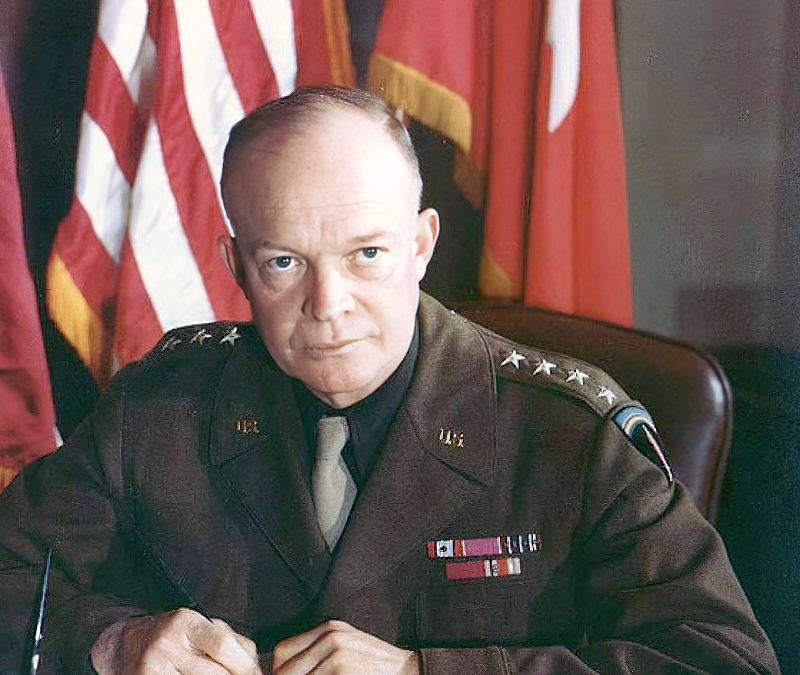
General Dwight D. Eisenhower’s Meteoric Rise
Speaking of Eisenhower, Field Marshal Lord Montgomery once said, "nice chap, no general." General George Patton once lamented that it was too bad that Eisenhower had no personal knowledge of war. General Omar Bradley would write that Eisenhower "had little grasp of sound battlefield tactics." That might seem like some pretty harsh criticism considering the West tends to look back on Eisenhower as the man who led the allies to victory in Europe. His iconic status was further cemented in history when he became President of the United States in 1952. However, the historical facts would prove that Eisenhower was but a LtCol at the start of 1941 and an officer who had never personally seen combat. Yet, that wouldn't stop him from getting the keys to one of the largest military force the world has ever known. General Dwight D. Eisenhower: A Mediocre Rise to Power Dwight D Eisenhower entered the halls of West Point in 1911 with a greater chance of becoming a football star than the Supreme...
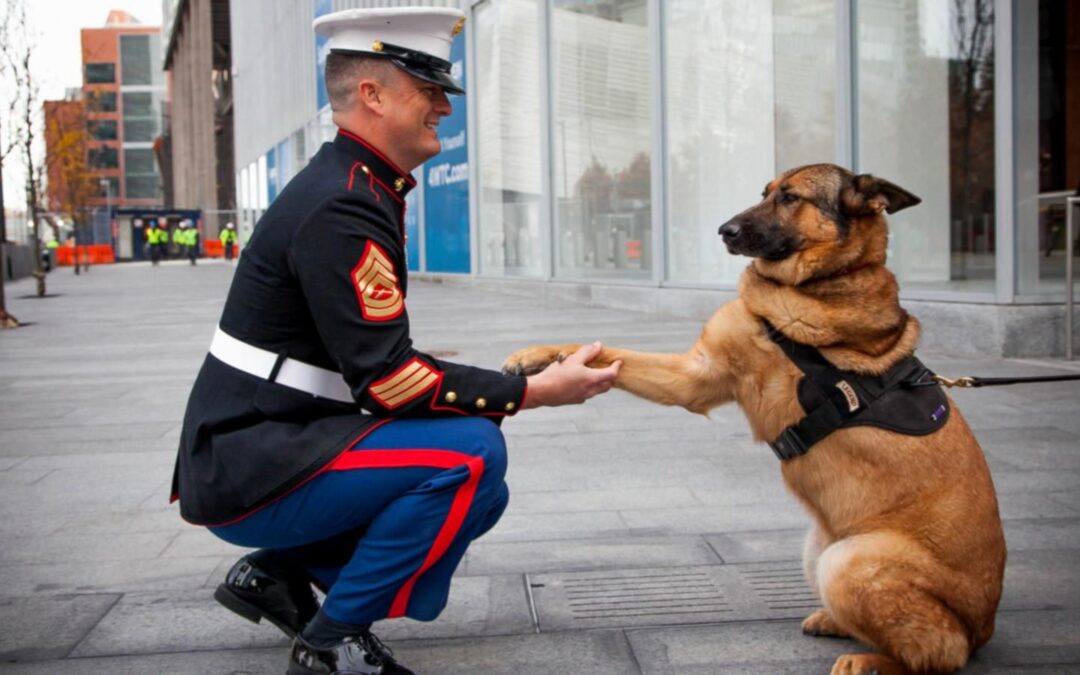
Four-Legged Military Hero – MWD Lucca
During the long war in Iraq and Afghanistan, coalition forces relied on thousands of military working dogs to help keep them safe by detecting explosives, finding illegal drugs, searching for missing comrades, or targeting enemy combatants. Dozen died in the line of duty. Others struggle with wounds and post-traumatic stress. Many have earned recognition for heroism. Among the heroes is Lucca, a highly skilled German Shepherd/Belgian Malinois mix trained to sniff out explosives and protect the combat Marines and Special Forces she served. Lucca is the Most Legendary Military Working Dogs Lucca and her military dog handler Marine Staff Sgt. Chris Willingham were together on two combat tours in Iraq. Later Lucca would have an Afghanistan tour with her new dog handler, Marine Corporal Juan Rodriguez. According to the Military Working Dog Team Support Association, Inc. Lucca is among the most legendary military working dogs. Through almost six years of military service, Lucca...
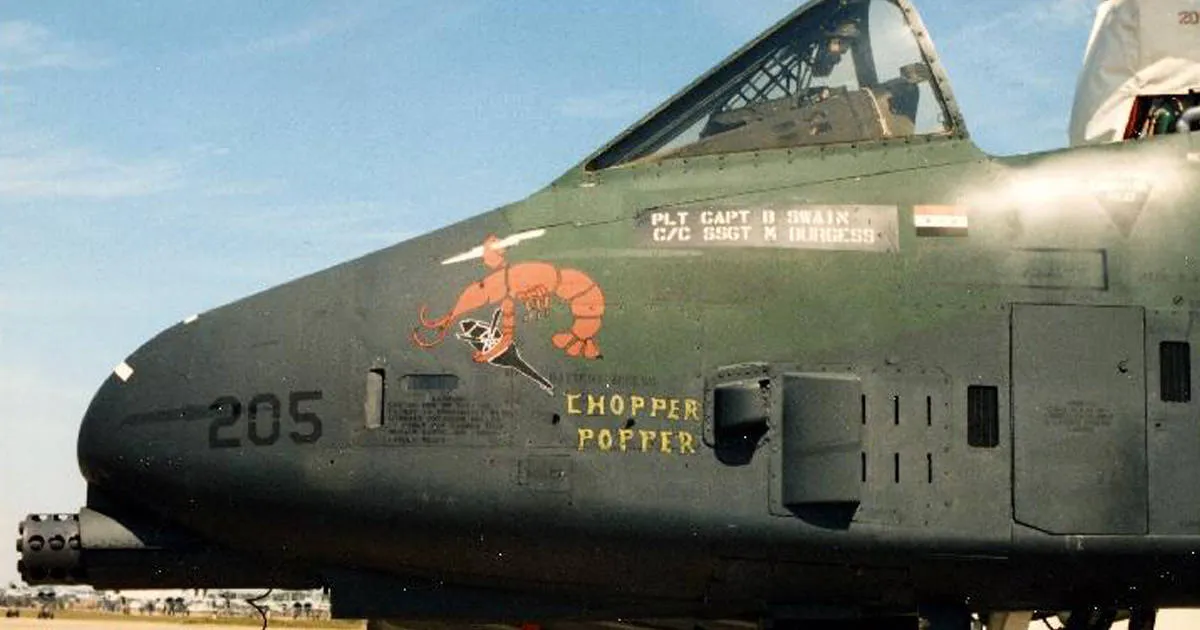
The Chopper Popper
The grounds of the U.S. Air Force Academy in Colorado Springs are packed to the gills with Air Force history. Among the legends on display is a green-colored Air Force Reserve A-10 Thunderbolt II (also known as a Warthog), positioned with its nose skyward. A closer look at that nose reveals its name: "The Chopper Popper." How the Chopper Popper Keeps the Tradition of Nose Art Alive Nose art isn't that common in the Air Force these days, but it's not totally forbidden. The aging but plucky fleet of A-10s have all but kept the tradition alive in recent decades. Warthogs are usually bearing teeth or tusks on their noses, not the sea creature gripping a helicopter in its massive claws. The Chopper Popper's art is an homage to its nickname, picked up for the stunning air-to-air kill made by then-Capt. Bob Swain during the first Gulf War. The A-10 is known for a lot of things, but dogfighting isn't one of them. It was designed to be a gun with wings, a flying tank that could get in close...
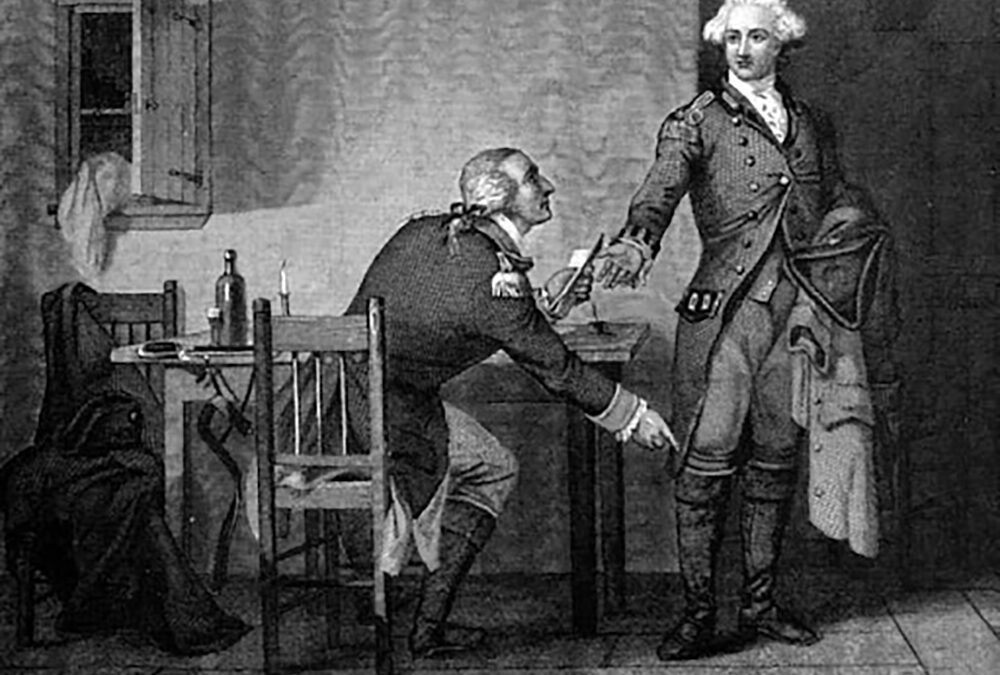
Benedict Arnold: Patriot and Traitor
Two hundred thirty-five years ago an event took place which, had it succeeded, would have ended the American fight for independence. Before exploring that near disaster, see if you can answer these questions about the American Revolutionary War, all of which have some bearing on the event. Who was called "The Hannibal of North America?" Who built a fleet on Lake Champlain and fought British ships invading New York from Canada? Who led a small American army more than 300 miles through the Maine wilderness in fierce winter conditions in an attempt to capture Quebec? Whose heroic action at the Battle of Saratoga led to the greatest American victory of the war? Who did George Washington consider to be his best fighting general? Who attempted to betray West Point to the British in exchange for 20,000 British Royal Pounds? A True Hero of the First Days of the War Benedict Arnold The answer to all these questions is Benedict Arnold, the most notorious traitor in American...
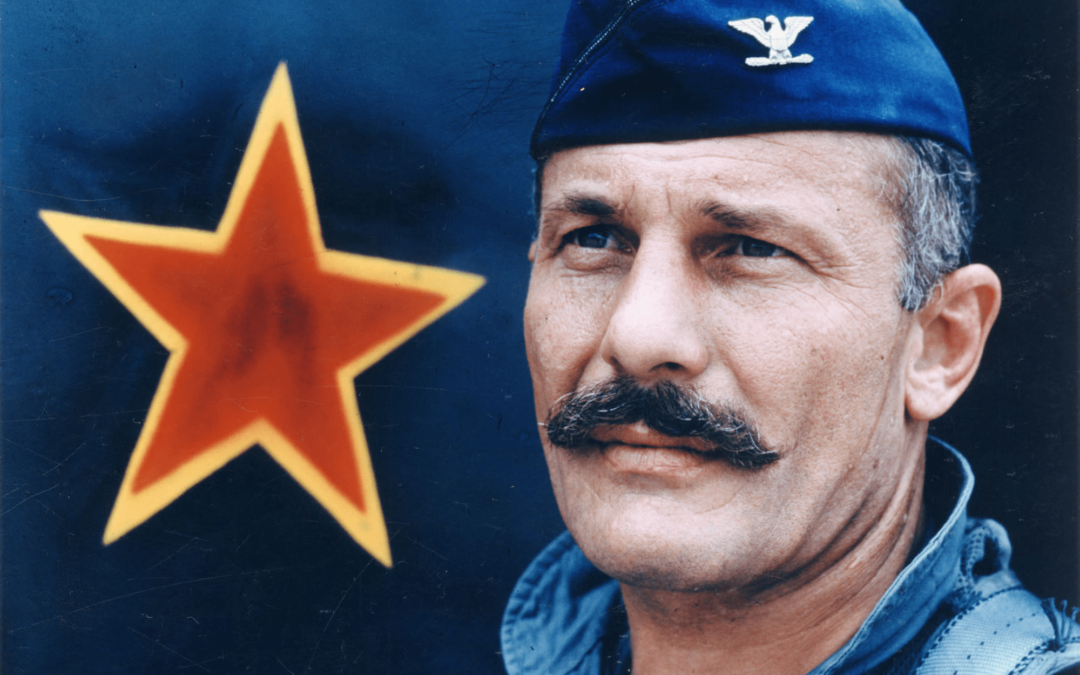
Mustache March
Every November for the past few years, more and more American men are adopting the custom of growing out their mustaches to raise awareness about men's health issues. "Movember," as it's come to be called, raises awareness on such topics as prostate cancer, testicular cancer, and men's suicide. Portrait "Mustache March" is a Military Tradition to Honor Robin Olds The men of the United States Air Force adopted a similar custom, except theirs comes in March and for a very different reason. "Mustache March" is a military tradition to honor one man: fighter pilot, World War II triple-ace, and Vietnam War legend Robin Olds. Robin Olds was, without a doubt, one of America's greatest fighter pilots. He was the son of an Army Air Corps captain who hung out with a virtual who's who of Air Force legends: Billy Mitchell, Hap Arnold, Carl Spaatz, and Eddie Rickenbacker, just to name a few. When Olds came of age, he attended the U.S. Military Academy at West Point (where he...
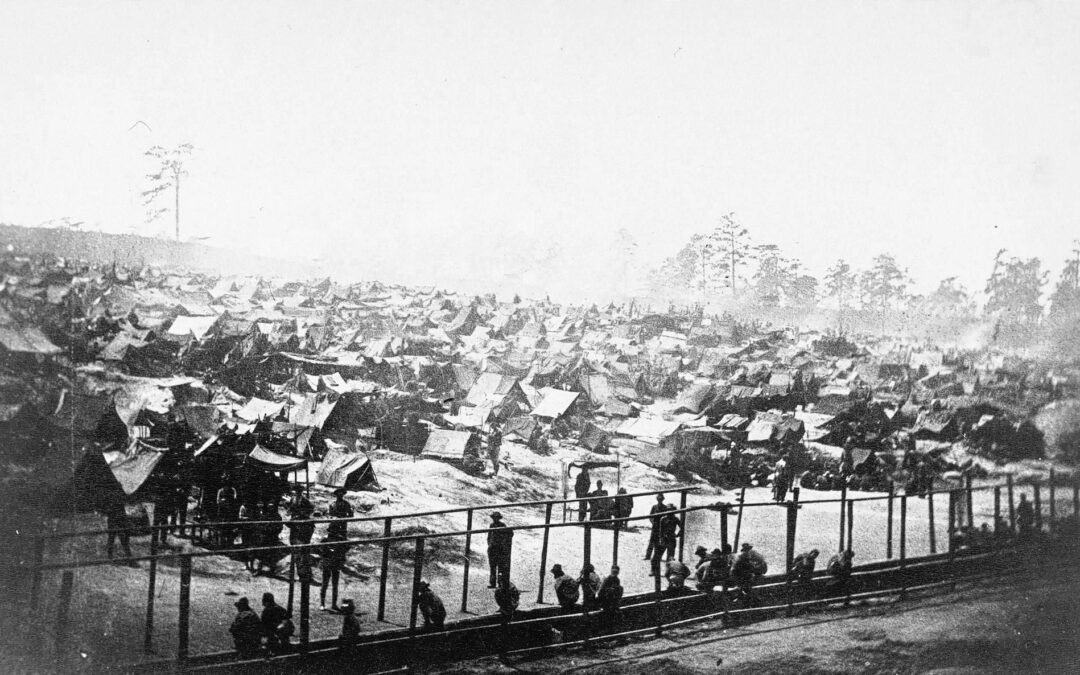
Civil War – Andersonville Prison
There were 150 prison camps on both sides in the Civil War, and they all suffered from disease, overcrowding, exposure, and food shortages. But Andersonville was notorious for being the worst. Some men agreed to freedom and fought for the South as galvanized soldiers, fearing the dangers of imprisonment to be greater than those of the battlefield. Officially named Camp Sumter, the most notorious Civil War stockade was hastily constructed in early 1864 near the town of Andersonville in southwest Georgia. The number of Union soldiers held near Richmond had swelled with the breakdown of prisoner exchange agreements, posing a threat to the Confederate capital's security and taxing Virginia's already limited resources. Andersonville Was Jammed with over 32,000, Almost All Enlisted Men In late February, Federal prisoners began to be transferred to the still-unfinished Georgia facility. By July, Andersonville, built to accommodate up to 10,000 captured soldiers, was jammed with over 32,000,...
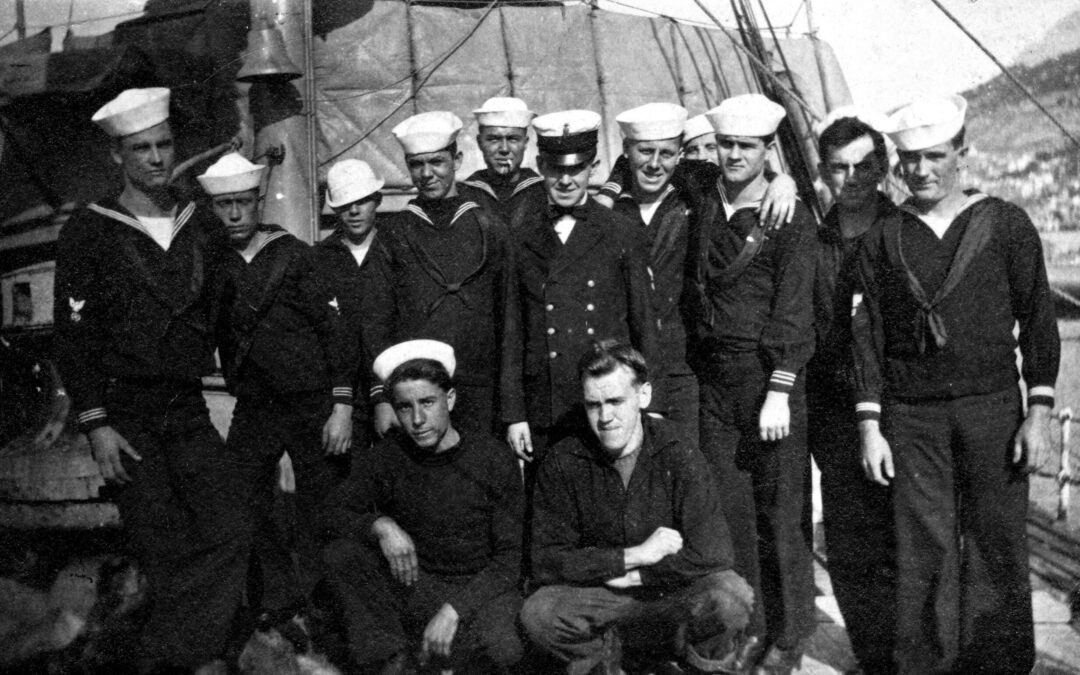
The Loss Of Coast Guard Cutter USS Tampa
USS Tampa's short story began on August 9, 1912, when the U.S. Revenue Service Cutter (UCRC) Miami, built by the Newport News Shipbuilding and Drydock Corp, was commissioned at Arundel Cove, MD. The ship was named for the Miami Indian tribe rather than for the then little settlement in South Florida. At the time, several revenue cutters were named after Indian tribes. The Miami was 190 ft long, with a 14.6-ft draft and a displacement of 1,181 tons. Her normal crew complement was 70 Officers and men, she carried three quick-firing six-pounders and various small arms, and she could do 13 knots. The Miami's first duty was with the International Ice Patrol, operating out of Halifax and looking for icebergs. Subsequently, she was based in Tampa, Florida, and developed a relationship with the city. In January 1915, the Revenue Cutter Service and the Lifesaving Service were merged and renamed the U.S. Coast Guard. It was then decided that the Indian tribal names were to be phased out, so in...
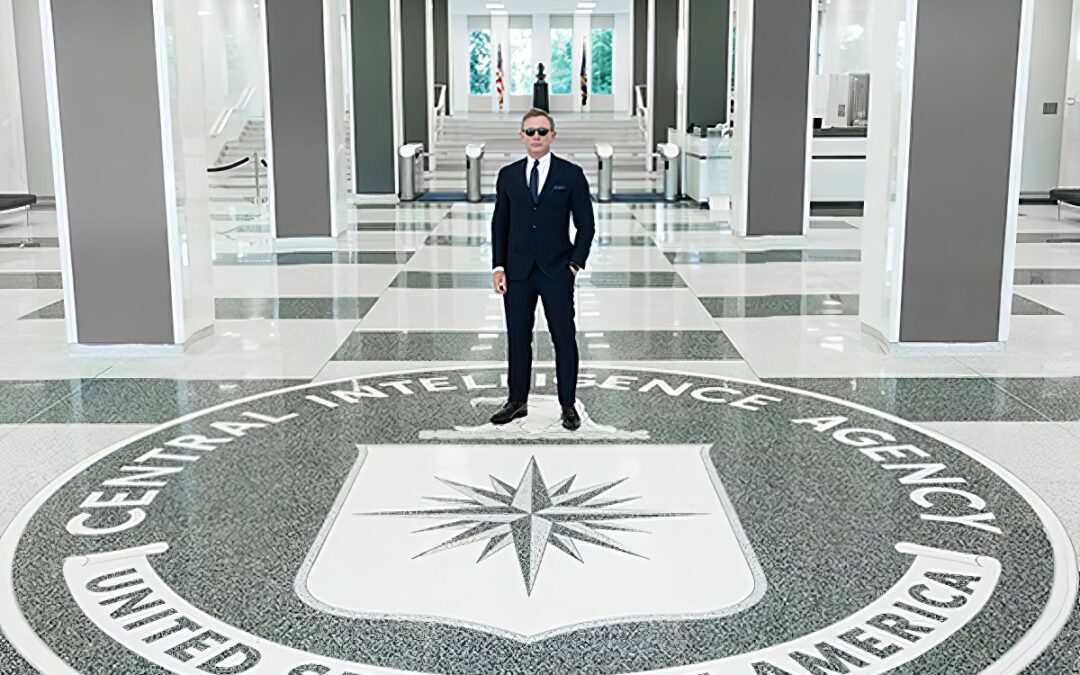
Cold War Double Agents Within the CIA
How much do you know about Cold War double agents within the CIA? Just recently, news has been released by a CIA analyst that, during the Cold War, there were double agents who worked for the CIA while remaining secretly loyal to communist spy agencies. There were nearly 100 fake CIA “agents” in East Germany, Cuba, and the Soviet Union. These “agents” made up false intelligence that was then passed on to the U.S. policymakers for years.
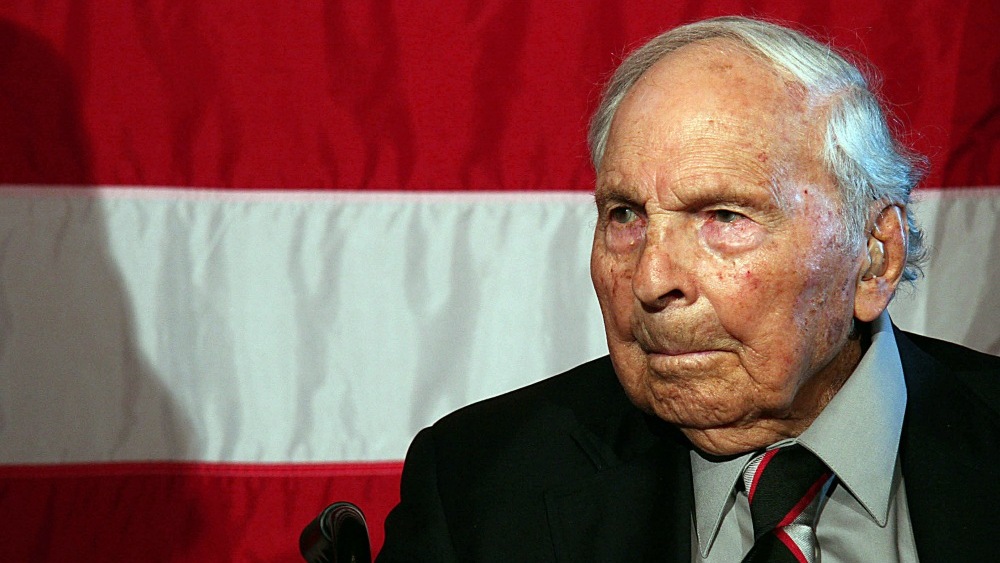
Frank Buckles, the Last Surviving American Veteran of World War I
Though legendary American veterans may live forever in our hearts, no one truly lives forever. There will always be a last survivor, and of the estimated 4.7 million Americans who served in the First World War, West Virginia's Frank Buckles was the last American witness to the horrors of the Western Front. Buckles died on February 27, 2011, but it was after a long, extraordinarily eventful life – and World War I was just the beginning. The Last Survivor of World War I: Frank Buckles' Journey Buckles was born into a long line of veterans on February 1, 1901. He said his ancestors had served in the American Revolution and the Civil War. So, it should have been no surprise that a young Frank Buckles attempted to enlist to go to war just a few months after the United States declared war on Germany in 1917. He was rejected by the Marine Corps and the Navy for physical issues, but the Army felt so good about the young man that they accepted the lie that he was older than 16. Anxious to...

Was Mr. Rogers a Vietnam-Era Sniper?
At some point in their military career, U.S. troops will likely hear the rumor that television's Mr. Rogers, host of "Mister Rogers' Neighborhood," was a death-dealing, hardcore Vietnam-era sniper in either the Army Special Forces, Navy SEALs, or the Marine Corps. Fred Rogers and his past are just one more file to add to the mounting list of military myths and urban legends. It might be fun to think of a man as smart and wholesome as Fred Rogers picking off a North Vietnamese general or Viet Cong guerrilla, but that's just not the case. Who is Mr. Rogers? In reality, Rogers was a Presbyterian minister before the Vietnam War ever started, and during the war, he was studying Child Development at the University of Pittsburgh. He helped develop his first children's show in 1955, and by 1968, he was the host of the now-famous "Mister Rogers Neighborhood." Since the show ran on PBS for 33 years, and Fred Rogers was the showrunner, he had little time to pop rounds off at...

Did Ronald Reagan Scare Iran Into Freeing Hostages?
For 444 days between 1979 and 1981, 52 American citizens and diplomats who once worked at the U.S. Embassy in Tehran were held hostage by Iranian college students loyal to Iran's revolutionary Islamic cleric, Ayatollah Ruhollah Khomeini. Though no hostages died, the incident severed U.S.-Iranian relations that have never been restored. It is the date the hostages were finally released that leads many to believe it was more than negotiations that caused their release. Reagan's Inauguration: The Ronald Reagan Effect All 52 hostages were released the day Ronald Reagan was inaugurated as the 40th President of the United States. Legend has it that the Gipper's rhetoric and forcefulness struck such fear into the hearts of the Ayatollah's revolutionary government that they were immediately compelled to send the hostages home. It's true that the hostages were released on January 20, 1981, the same day Reagan was inaugurated as President, but it had nothing to do with fear of Ronald Reagan. ...